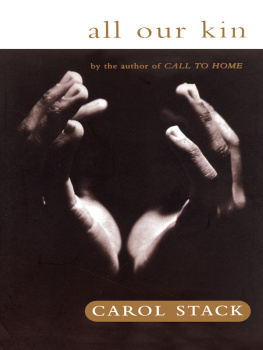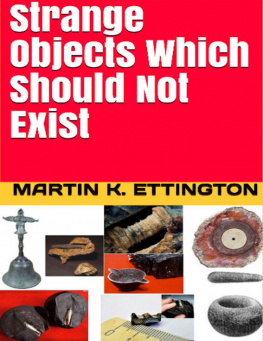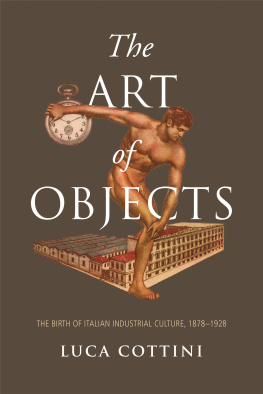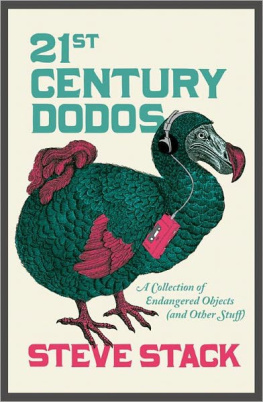No single entry epitomises the philosophy of this book more than the humble cassette tape. Its fascinating story captures everything that 21st Century Dodos is all about a new piece of technology rises to become a world leader, installs itself in popular culture, becomes part of everyday life for billions of people
but finds itself crushed beneath the wheels of progress, and is now an endangered species.
Despite this, it has left an indelible mark on generations, a legacy that is worth recording (sorry!) here for posterity.
Tape as a recording medium had been around for many years before the compact cassette made its debut in 1962, but it mainly consisted of cumbersome reel-to-reel tapes which were OK for the professionals, but never really took hold in the world of home entertainment.
So, when Dutch company Philips unveiled the compact version, it created a considerable stir. Essentially a reel-to-reel tape shrunk down in size and squeezed into a plastic casing, it was portable, durable, could be played on both sides, and, crucially, was re-recordable. But it wasnt until Philips agreed to license the format to other manufacturers for no fee that it truly took hold and revolutionised the industry.
In the early days, it was intended purely as a recording device, and cassette players of the era were set up for ease of recording with little emphasis on high-fidelity sound. They were used mainly for dictation, in office and professional work. Sound quality and reproduction were not great, and certainly nowhere near as good as vinyl records, so early attempts to sell pre-recorded music cassettes were not a huge success.
But the companies behind the format kept on tweaking and improving it, and once chromium dioxide tape and Dolby sound reduction were introduced, the music cassette became a viable format to rack alongside LPs and 8-track cartridges in record shops.
The real catalyst to global domination, however, was the invention in the late 1970s of the Sony Walkman. This portable device, not much bigger than a cassette itself, allowed people to listen to music on the move. As a result, during the 1980s, the cassette overtook vinyl to become the most popular music format.
The other major reason for its success was the fact that you could record pretty much anything you wanted onto a blank cassette. Whether it be a mixtape for your girlfriend (more on which later), the best bits of the Top 40 chart show (where the skill was to start and stop recording at just the right point to avoid taping the DJ), a copy of your favourite disco album to listen to while out roller-skating (which appeared to be what everyone in America was doing), or just personal reflections, it was a way to preserve audio that had not been available in the home before. And it was this element that, in my opinion, changed the world.
Take the punk movement, for example. The whole DIY music philosophy was able to thrive because bands could record songs in their garage, duplicate them, knock up dodgy photocopied covers, and distribute to friends, journalists, and, inevitably, John Peel. Peels legendary radio show broadcast the debuts of countless bands, the vast majority of which sank without trace, but a select few went on to create music that influenced the generations that followed. And all of these bands, at least during the 70s and 80s, got their first play on his show by sending in a demo tape.
Former Communist countries were able to listen to Western music via tapes recorded from the radio or smuggled in from outside (their small size much easier to hide than 12 records). Outlawed political and religious movements used cassettes to spread the word. Audiobooks, already a popular format in their own right, became more freely available, and finally brought the joy of books to many blind children and adults who could not read or get access to Braille editions. Cassette tapes were also the original format for software on early home computers (Ill bang on about that in a little while).
The in-car cassette player only increased their popularity. Most cars had had radios installed as standard for some time, a few came with 8-track cartridge players, but the tape deck brought pre-recorded music to the daily commute or boring motorway journey (cue opening bars of Born to be Wildor The Chain).
They really were everywhere. Huge dumpbins (as they were known in the trade) of blank tapes were on sale in every record shop and electrical store. You could buy many different types, both in terms of recording quality (to be honest, I never really understood the difference, and was never convinced to shell out for a posh metal tape it would have been a bit pointless when all I was doing was taping from the radio and creating mixtapes) and recording length. The most popular formats were C60 (30 minutes each side), C90 (45 minutes each side), and C120 (oh, you get the idea), but there was a myriad of other versions ranging from C15 (for answer phones and Dictaphones) to C240 (which were crap and kept getting chewed up).


















